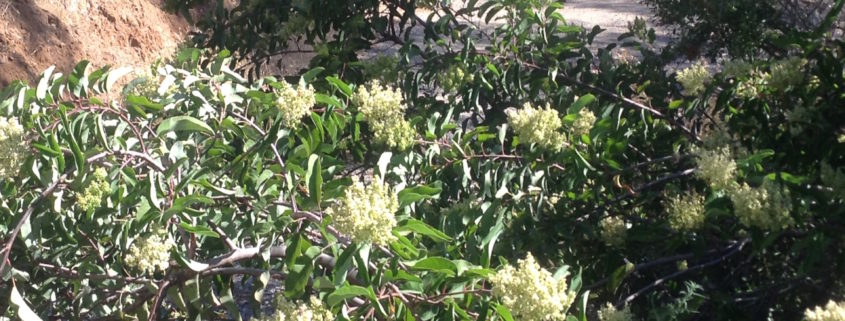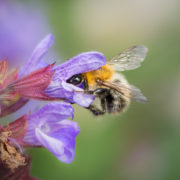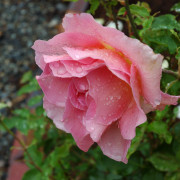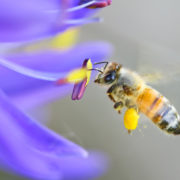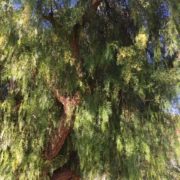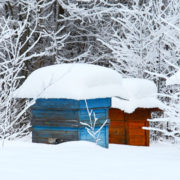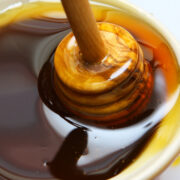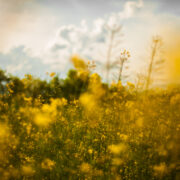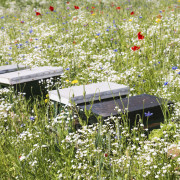Laurel Sumac
Around mid-June in coastal California – earlier in some years, and later in others – laurel sumac begins to blossom. A favorite flower source of honeybees, laurel sumac produces large pods of creamy white flowers, which the bees eagerly work for both pollen and nectar. Unlike most nectar sources, which result in the bees producing fresh white wax, laurel sumac produces a unique yellow-tinted wax. The honey is also a yellowish light honey, which is especially mild and delicious.
The honey from laurel sumac is a uniquely flavored honey, somewhat comparable to wild sage honey. In fact, much of California sage honey probably contains laurel sumac honey as well, since the two plants coexist in the coastal chaparral together and often bloom simultaneously. Honey producers prefer to label the honey from laurel sumac as “sage honey”, however, since sage reads a lot better on a honey label than sumac. In many people’s minds, sumac is associated with poison ivy, which is the notoriously toxic, and perhaps best-known member of the sumac family.

